
Why didn’t the mountain lion cross the road? Because it would get smashed by the car going 65 mph
The infrastructure bill passed by Congress allocates real money to stop collisions between cars and wildlife, and that’s a very good thing.
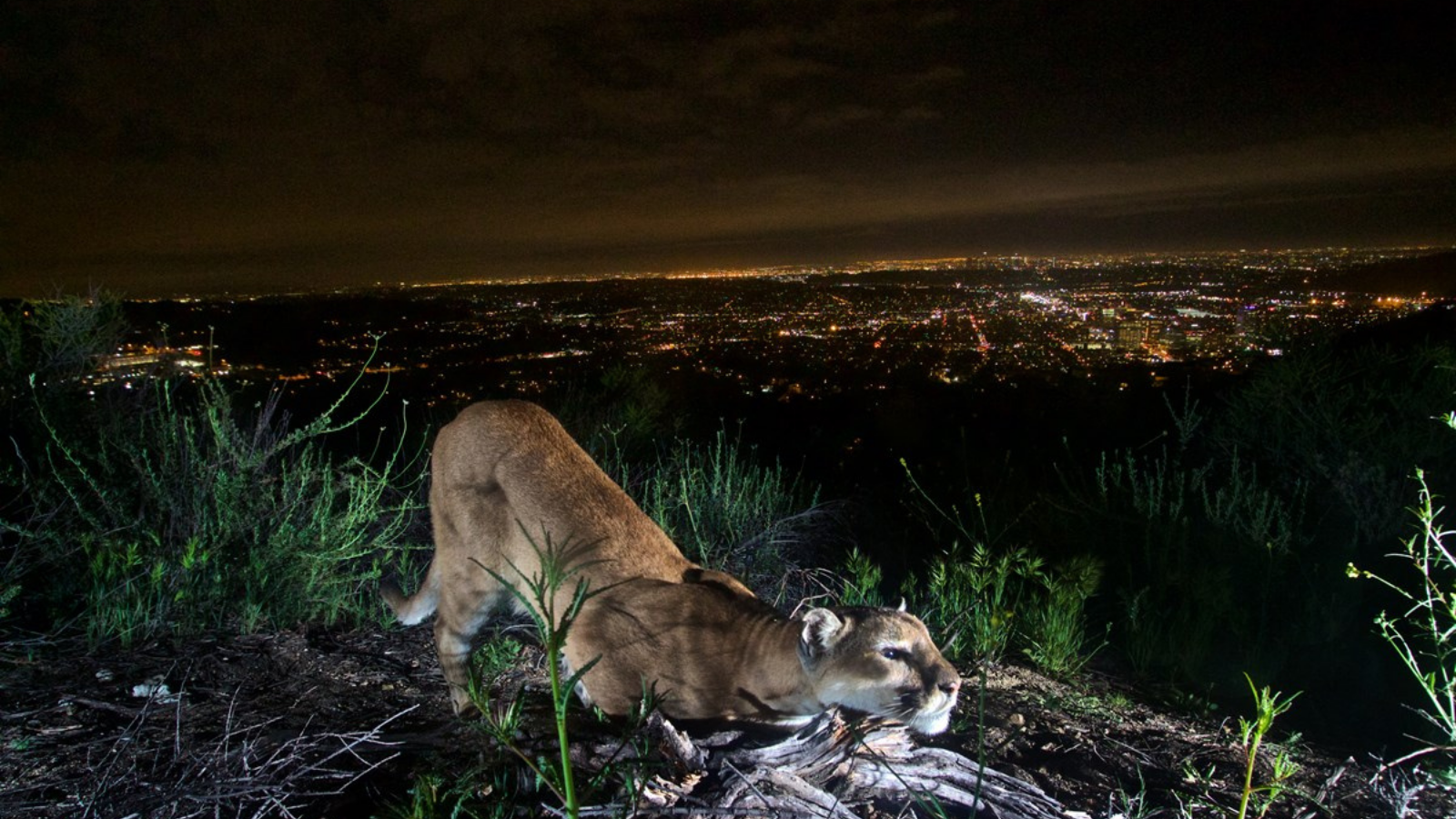
Like the old video game “Frogger” or the newer “Crossy Roads,” the highways and byways America has created have led to tremendous challenges for wildlife. Simply put, they’ve raised the death-defying question: How do mountain lions, elk, badgers, deer, coyotes and other animals move safely from habitat on one side of the road to the other while cars speed along their way?
This is no small issue. With the construction of roads, plus fences, cities, strip malls and more, we have carved up wildlife habitats into smaller and smaller pieces, further threatening biodiversity that is steadily in decline around the globe. In particular, roads present a dangerous challenge for obvious reasons — cars and trucks barrel toward wildlife and can crush and kill them.
There’s a name for this: Roadkill.
If we want wildlife (and their genes) to move more freely, we have to first see the landscape through their eyes and then solve for the dangers of moving vehicles. The federal infrastructure bill, which passed the U.S. House today, and the $350 million it allocates to wildlife crossings, provides grants for states to do just this. The bill passed the Senate earlier this summer and now heads to the President’s desk.
With this money, states can do something akin to what’s being considered to protect Southern California’s mountain lions. Cutting through the heart of a few of the state’s mountain chains, U.S. Highway 101, which expands to 10 lanes at certain parts, is a beast to cross, with traffic day and night. Mountain lions have a choice: stay on one side of the road, in a too-small habitat, or attempt to cross the freeway at their own peril. Of course, a much better option is a wildlife crossing — a bridge over or tunnel under a freeway.
This is precisely what has been proposed. Once built, it will reconnect the cougars in the Santa Monica Mountains with habitat in the nearby Simi Hills and Santa Susana Mountains. Read and see more in the recent Environment America Research & Policy Center report here.
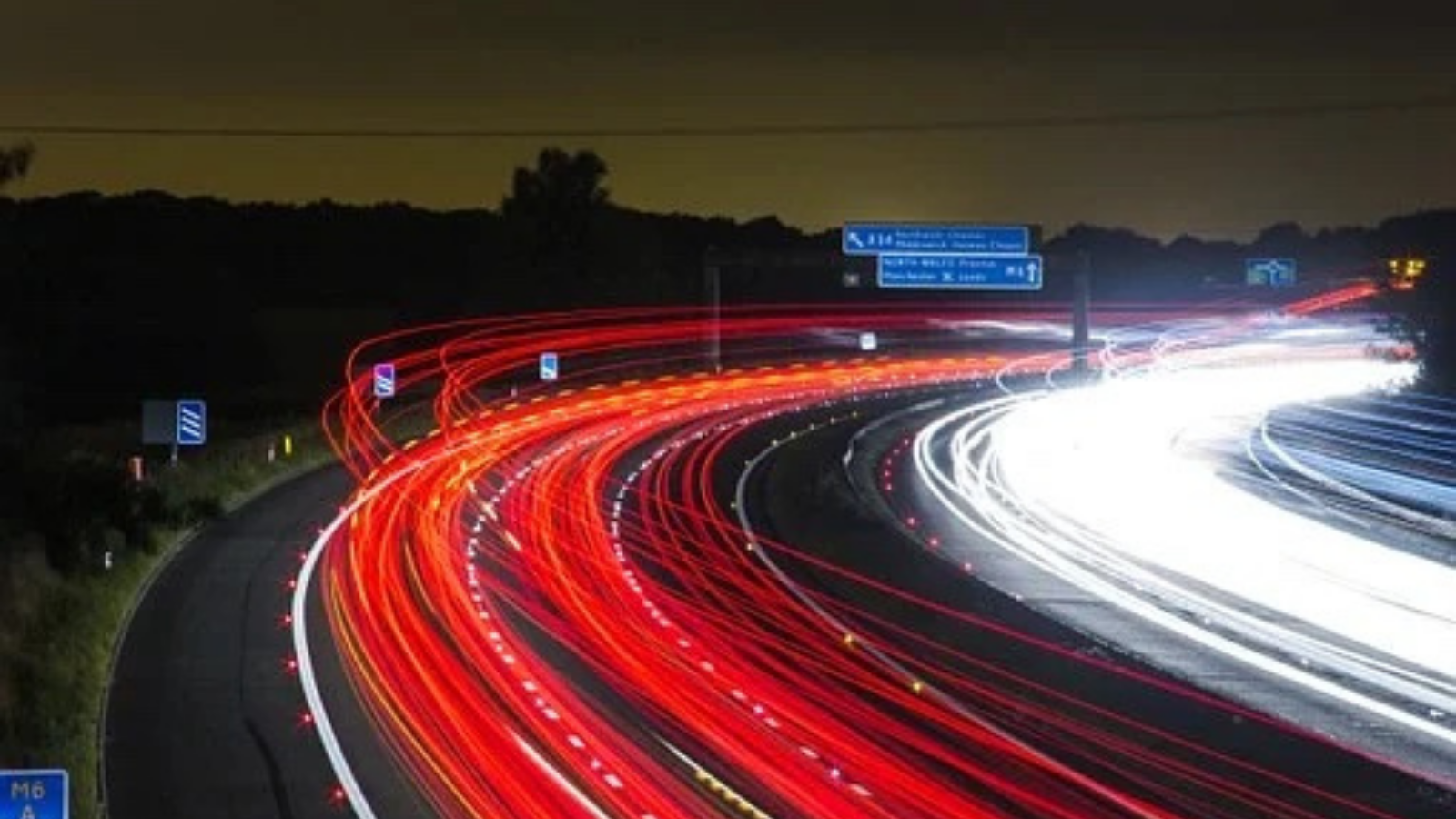
U.S. Rep. Brian Fitzpatrick, a Republican from Pennsylvania, said this about the importance of wildlife crossings: “The disruption and fragmentation of natural wildlife habitats remain among the greatest threats to biodiversity and conservation efforts, both here in Pennsylvania and globally. As animal extinction continues to accelerate at alarming rates, our focus must remain on establishing a network of wildlife crossings to improve habitat connectivity.”
Well said, congressman.
Environment America and Environment America Research & Policy Center have worked hard to support funding for wildlife corridors. There’s researching and writing Reconnecting Nature, a report and tour of seven different types of wildlife corridor projects across the U.S. Our staff and supporters have generated letters to the editor and opinion pieces. We’ve pitched media stories. And finally, there’s Environment America’s advocacy on the Hill. We’ve helped to move the proverbial needle on the commonsense bipartisan protection of wildlife and nature through the funding of corridors.
It’s wonderful to see those efforts yield results. Thank you to the members of the House and 69 Senators who voted for the infrastructure bill. The wildlife crossings that will be built as a result of the $350 million earmarked for this purpose will be well spent, linking up habitats on either side of the road. It will reduce car and animal collisions, and presumably provide a side benefit of reducing auto insurance premiums. It’s a win win win.
The infrastructure bill has funding for roads, and it also has funding for road crossings. That makes eminent sense, and we’re grateful that Congress recognized this.
###
Cars at night photo by Robin Pierre on Unsplash. Photo of mountain lion (P-32) by National Park Service.
Banner image: Photo of uncollared mountain lion by the National Park Service.
Topics
Authors
Steve Blackledge
Senior Director, Conservation America Campaign, Environment America
Steve directs Environment America’s efforts to protect our public lands and waters and the species that depend on them. He led our successful campaign to win full and permanent funding for our nation’s best conservation and recreation program, the Land and Water Conservation Fund. He previously oversaw U.S. PIRG’s public health campaigns. Steve lives in Sacramento, California, with his family, where he enjoys biking and exploring Northern California.
Find Out More
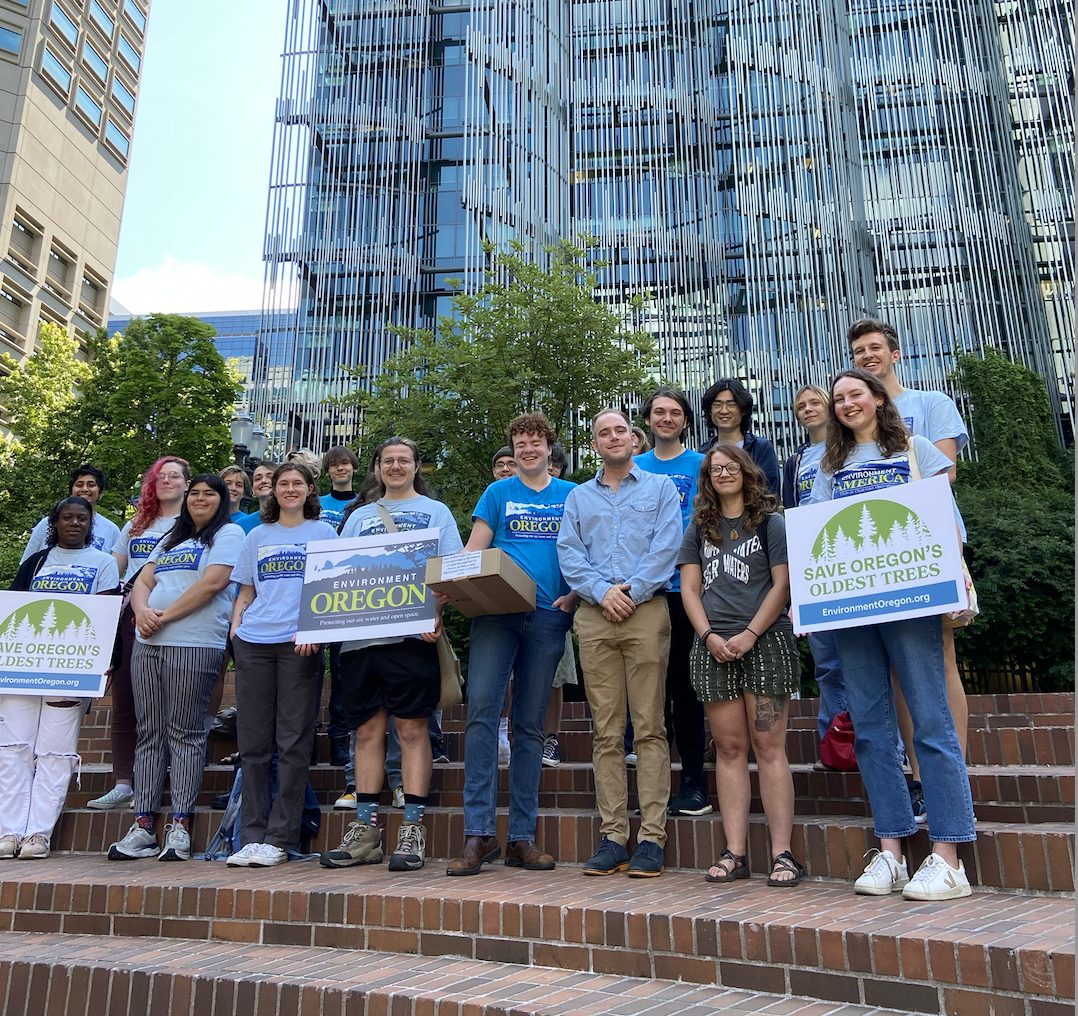
We’re hiring interns who envision a cleaner, greener world
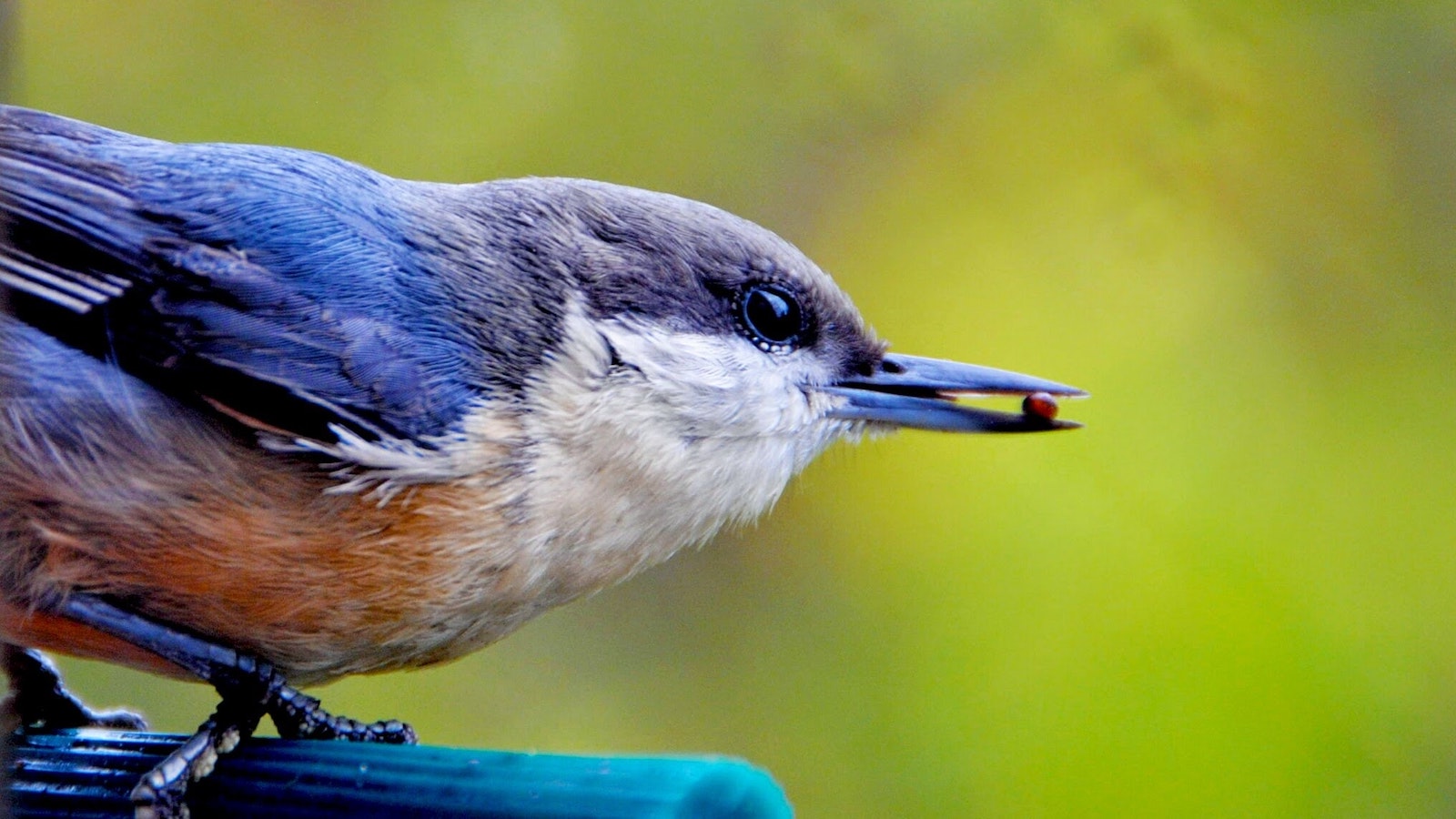
EPA report says pesticides endanger wildlife
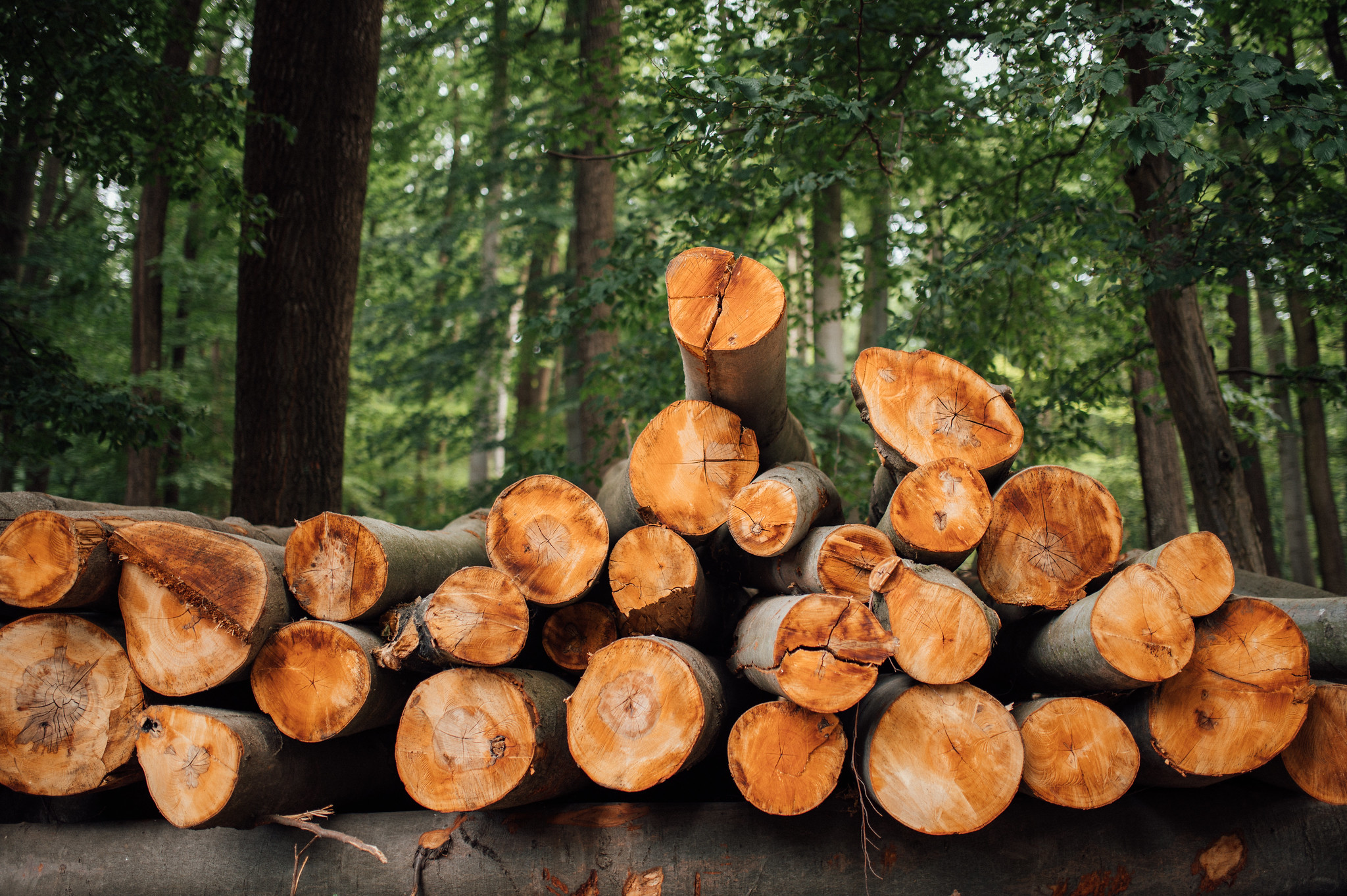
Which toilet paper companies are taking steps to be more sustainable?



